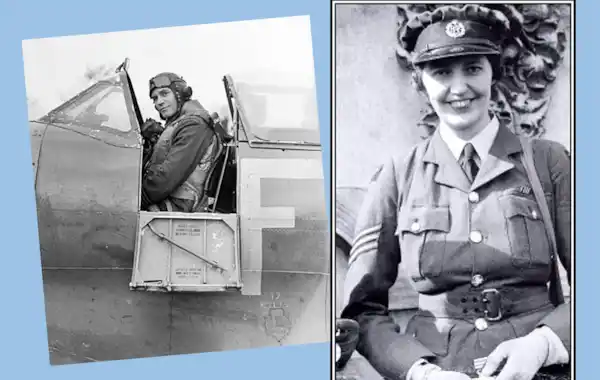10 April 2023
|
RAF Historian Geoff Simpson's mini history of Biggin Hill
In the 1950s Graham Wallace produced a book titled RAF Biggin Hill. In it he wrote of the airfield, “The name has a homely ring, almost rustic, but there are squadrons of the Royal Air Force as proud of having fought from here as regiments in the Army are of having ‘Blenheim’ and ‘Alamein’ emblazoned on their colours.”
The origins of Biggin Hill
Principally, the airfield, then in Kent, now in Greater London, attained this cachet, during the Second World War and especially during the Battle of Britain in 1940.
However, the development of the site began in the Great War and the impetus was the need to find a new home for wireless research.
Success was apparently eventually achieved when an officer thought of the area on the North Downs not far from his family home and close to the village then called Aperfield between Bromley and Westerham.
According to Wallace, the field that looked promising was in use as an emergency night landing ground, but, nevertheless, this was where what became RAF Biggin Hill was established and where much pioneering work on the use of radio was carried out. The village too became known as Biggin Hill.
Between the wars Biggin Hill established itself as a key fighter station in the potential defence of London.
Biggin Hill & the Battle of Britain
In the Battle of Britain between 10 July and 31 October 1940 Biggin Hill was a sector station controlling aerial fighting. Hurricanes and Spitfires flew from Biggin to meet German bomber formations. The station suffered massive bombing attacks, buildings were destroyed and many casualties were suffered.
Three of the six Military Medals awarded to members of the Women’s Auxiliary Air Force during the war were earned by WAAFs at Biggin Hill in that period. The three, who remained at their posts as bombs fell and who set an outstanding example, were Sergeant “Elizabeth” Mortimer, Sergeant Helen Turner and Corporal Elspeth Henderson.
Later the Biggin Hill wing of fighters would become a celebrated contributor to the war effort often flying on the offensive over Europe.
After the war, transport aircraft were a major feature of Biggin Hill. Fighters returned but the rundown of the airfield began and the RAF ceased its activities in 1992. Today civilian passengers fly in and out of London Biggin Hill airport, often on small private aircraft or large business jets.
Visiting Biggin Hill
Find out more at https://bigginhillmuseum.com/events/
Images courtesy Biggin Hill:
Left: One of the most celebrated pilots to fly from Biggin Hill in the Second World War was the South African, A G "Sailor" Malan. For nine months in 1943 he was the station commander.
Right: Sergeant "Elizabeth" Mortimer, one of three women to earn the Military Medal at Biggin Hill during the Battle of Britain.








